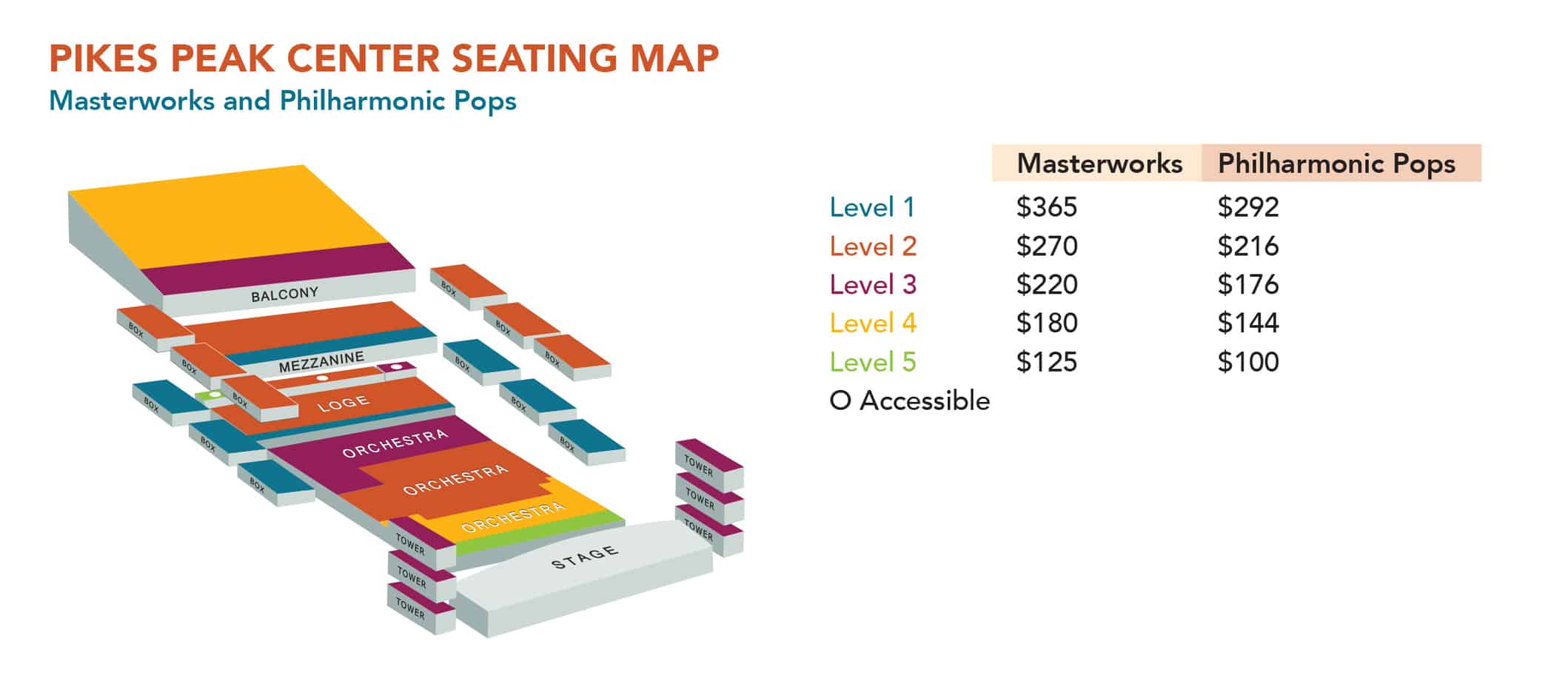Every orchestra’s story includes architects—leaders who lay the groundwork so future generations can build, expand, and soar. Walter Eisenberg, Music Director of the Colorado Springs Symphony from 1954 to 1968, was one of those foundational figures.
At a time when the country was charging into the modern era, Eisenberg stood for something enduring: the belief that a city, if it hoped to be great, must also invest in its cultural soul. His work wasn’t flashy, but it was steadfast—rehearsal by rehearsal, concert by concert, he shaped an ensemble that reflected the hopes of a community growing in size and ambition.
Mid-century America was a time of civic optimism, when people rolled up their sleeves and got to work building the institutions they believed their cities deserved. Eisenberg shared that ethic, and he inspired others to join him. During his tenure, the Symphony Guild was born—an essential network of volunteers and advocates whose contributions would sustain the orchestra for decades to come. It was more than a support group; it was a signal that the community was stepping forward, ready to claim ownership of its symphony.
Eisenberg led with conviction, cultivating not just musicianship but momentum. He believed in the power of orchestral music to elevate a city’s identity, and he worked with care and clarity to make that belief real onstage and off. While others might have reached for headlines, Eisenberg reached for sustainability—for the structures and relationships that allow an orchestra to grow into itself over time.
He was, in many ways, a mirror of the era: pragmatic, visionary in his own right, and determined to do the work required to move the arts forward. His legacy is felt every time a concert begins, and every time a community rises to support it.

